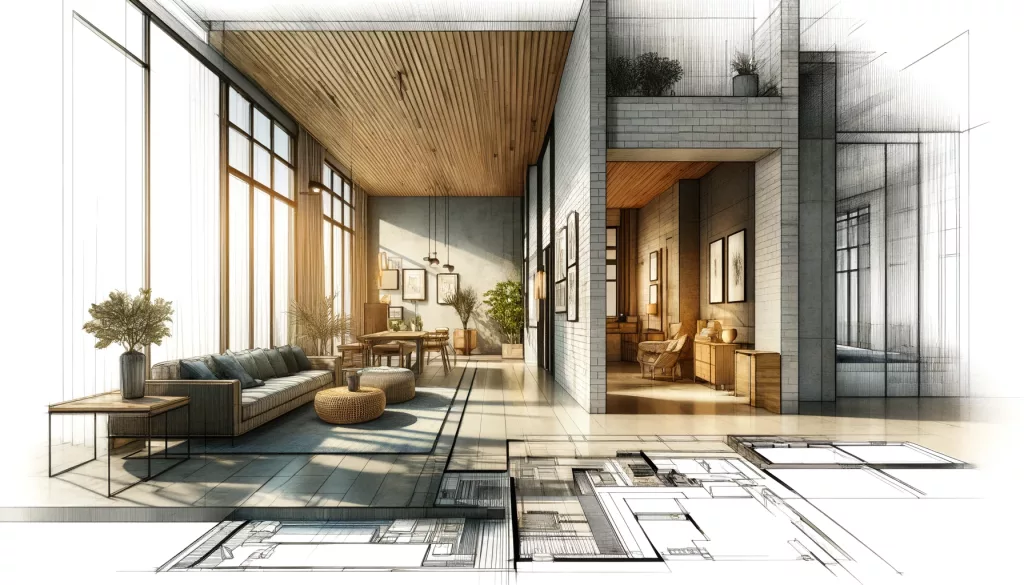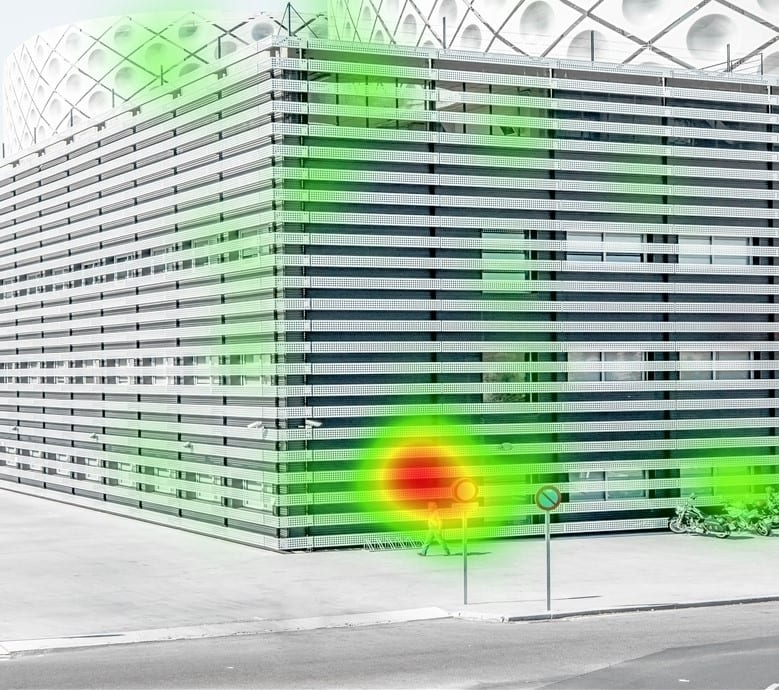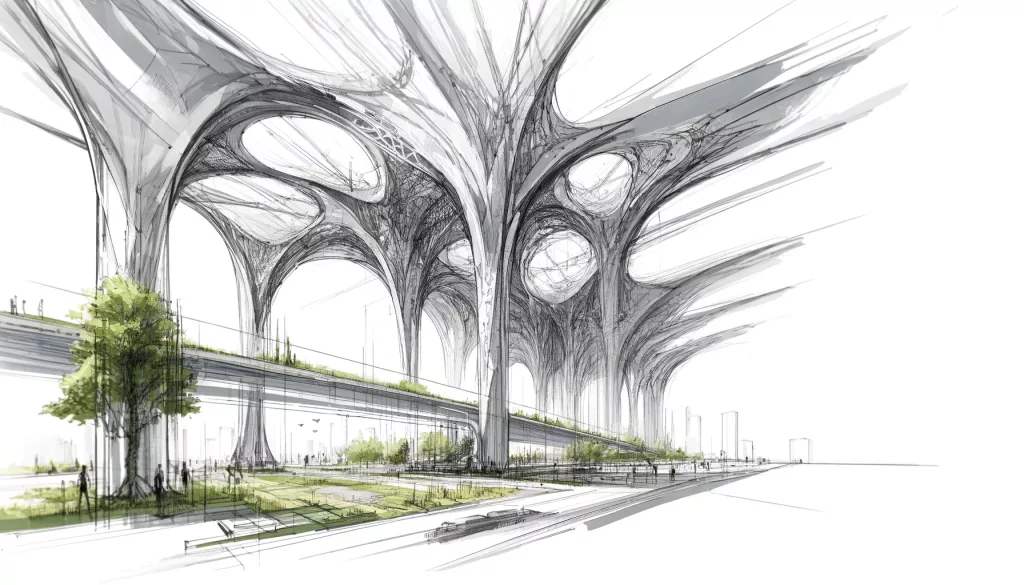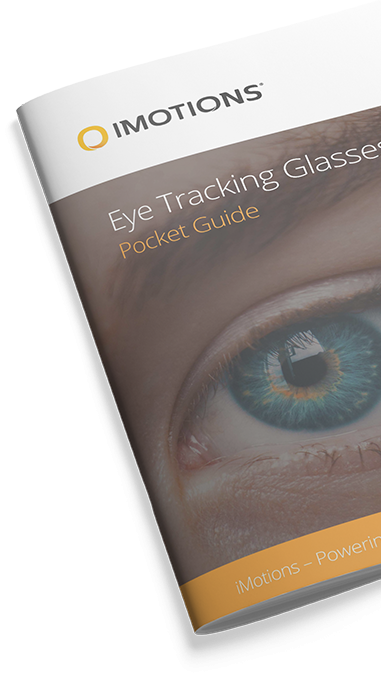Discover how neuroarchitecture blends neuroscience with design to create spaces that enhance well-being, productivity, and learning. From eye-tracking insights to sustainable designs, explore how our surroundings deeply impact our mood and behavior. Dive into the future of human-centric environments.
Table of Contents
- Understanding Our Innate Space Sensor
- The Power of Neuroarchitecture in Various Spaces
- Neuroarchitecture and Technology: A Closer Look Through Eye Tracking
- 5 Ways Eye Tracking Brings insights to Neuroarchitecture:
- Sustainable Design Through the Lens of Neuroarchitecture
- The Future is Human-Centric
- Eye Tracking Glasses
Have you ever walked into a room and felt instantly at ease, or perhaps the opposite, without knowing why? This instinctual reaction is at the heart of neuroarchitecture, an exciting field where neuroscience meets architectural design to craft spaces that positively affect our mood, health, and productivity.
Understanding Our Innate Space Sensor
We all possess an internal “sensor” that subconsciously evaluates the spaces we inhabit. Neuroarchitecture seeks to decode this sensor’s messages, combining neuroscience and architecture to understand how our surroundings influence our brain and, by extension, our behavior, emotions, and overall wellness. This innovative approach aims to design environments that not only meet our aesthetic and functional needs but also support our psychological and cognitive well-being.
How Our Surroundings Influence Us
At its core, neuroarchitecture examines the neurobiological responses of individuals to different architectural elements—such as light, space, texture, and color—leveraging insights from neuroscience research. For instance, studies have shown that certain types of lighting can affect mood and productivity, while specific spatial layouts can influence social interaction and stress levels. By understanding these relationships, architects and designers can create environments that promote health, enhance learning and creativity, and improve quality of life.

The Power of Neuroarchitecture in Various Spaces
The implications of neuroarchitecture extend across various sectors, including residential, educational, healthcare, and commercial spaces. In healthcare facilities, for example, design elements that reduce stress can lead to faster patient recovery times and overall better health outcomes. In educational settings, neuroarchitecture principles can be applied to design classrooms that enhance students’ ability to concentrate and retain information.
Furthermore, neuroarchitecture holds the potential to inform urban planning and public space design, promoting community well-being and environmental sustainability. As the field evolves, it encourages a shift towards more human-centric design, where the primary focus is on creating environments that cater to the psychological and physiological needs of their inhabitants.
This interdisciplinary approach highlights the importance of collaboration between neuroscientists, psychologists, architects, and designers, aiming to bridge the gap between the scientific understanding of the brain and the practical application of this knowledge in the built environment.
Neuroarchitecture and Technology: A Closer Look Through Eye Tracking
Eye tracking technology is increasingly pivotal in neuroarchitecture, offering a detailed empirical basis for architectural decisions by revealing how individuals interact with their environment visually. This technology alongside other tools like facial expression analysis, EEG and galvanic skin response enables architects to empirically test and refine their designs based on how people focus their attention within built environments. For instance, eye tracking has been employed to study how different factors such as ceiling height, room size, and lighting affect individuals’ attention and cognitive responses, laying the groundwork for better design outcomes (Read more here).

5 Ways Eye Tracking Brings insights to Neuroarchitecture:
1. Understanding Visual Attention and Preferences
Eye tracking helps identify which architectural features draw more attention and are visually preferred by occupants. This data can be crucial in designing spaces that are not only aesthetically pleasing but also functionally optimal. For instance, in a museum setting, eye tracking can reveal which exhibits capture visitors’ attention the most, guiding the layout design to enhance visitor engagement.
2. Enhancing Wayfinding and Navigation
In complex environments like hospitals or airports, understanding how individuals naturally seek navigational cues through eye movements can lead to designs that facilitate easier and more intuitive wayfinding. This reduces stress and improves the overall user experience, highlighting the importance of strategic signage and visual cues.
3. Improving Lighting and Spatial Design
Eye tracking studies can shed light on how natural and artificial lighting affects gaze patterns and visual comfort. Such insights are instrumental in creating environments that support well-being and productivity. For example, eye tracking can help determine the optimal placement of windows or lighting fixtures to enhance mood or focus in office spaces or educational institutions.
4. Evaluating the Impact of Color and Texture
By analyzing how the eye responds to different colors and textures, architects can make informed decisions that evoke desired emotional responses or behaviors. For example, certain colors may be used to calm patients in a healthcare setting or stimulate creativity in a workspace.
5. Informing Sustainable Design Practices
Eye tracking can also contribute to sustainable architecture by helping to understand how people interact with energy-efficient features and green spaces within their environment. This understanding can drive the design of spaces that not only promote environmental sustainability but are also visually and psychologically appealing to occupants.
Sustainable Design Through the Lens of Neuroarchitecture
Eye tracking studies in neuroarchitecture have uncovered several intriguing insights. For example, they have demonstrated that people are less likely to focus on featureless or blank facades compared to those with high-contrast features or murals.
This suggests a natural inclination to connect with more visually stimulating elements in our environment, which can reduce anxiety and foster a sense of belonging. Furthermore, certain design features within indoor environments, like the presence and size of windows or the amount of natural light, have been statistically linked to experiences of restorativeness, emphasizing the potential of neuroarchitecture to guide the creation of spaces that support psychological well-being (Read more here).
Moreover, environmental neuroscience, closely related to neuroarchitecture, utilizes eye tracking along with brain imaging techniques and statistical models to quantify the impact of physical and social environments on brain processes and behavior. This interdisciplinary approach extends beyond mere aesthetic considerations, aiming to create equitable urban spaces that enhance physical and mental health.
For instance, research has shown that brief interactions with natural environments can significantly improve memory and attention, highlighting the importance of incorporating green spaces into urban design (Read more here).

The integration of eye tracking in neuroarchitecture represents a shift towards more evidence-based and human-centric design practices. By grounding architectural decisions in empirical data on human visual and cognitive processes, architects can create spaces that better meet the needs of their users, enhancing functionality, aesthetics, and well-being. This approach not only enriches the design of individual buildings but also has broader implications for urban planning and the creation of more livable cities.
The Future is Human-Centric
Neuroarchitecture represents a shift towards designs based on empirical data about human visual and cognitive processes. This approach doesn’t just improve individual buildings but suggests a new direction for urban planning and the creation of cities that are more livable, sustainable, and conducive to well-being.
As we continue to explore the intersection of brain science and architectural design, the possibilities for creating spaces that truly resonate with our natural inclinations and needs are endless. Neuroarchitecture not only enriches our environments but also paves the way for a future where every space is designed with our mental and physical health in mind.
Eye Tracking Glasses
The Complete Pocket Guide
- 35 pages of comprehensive eye tracking material
- Technical overview of hardware
- Learn how to take your research to the next level












